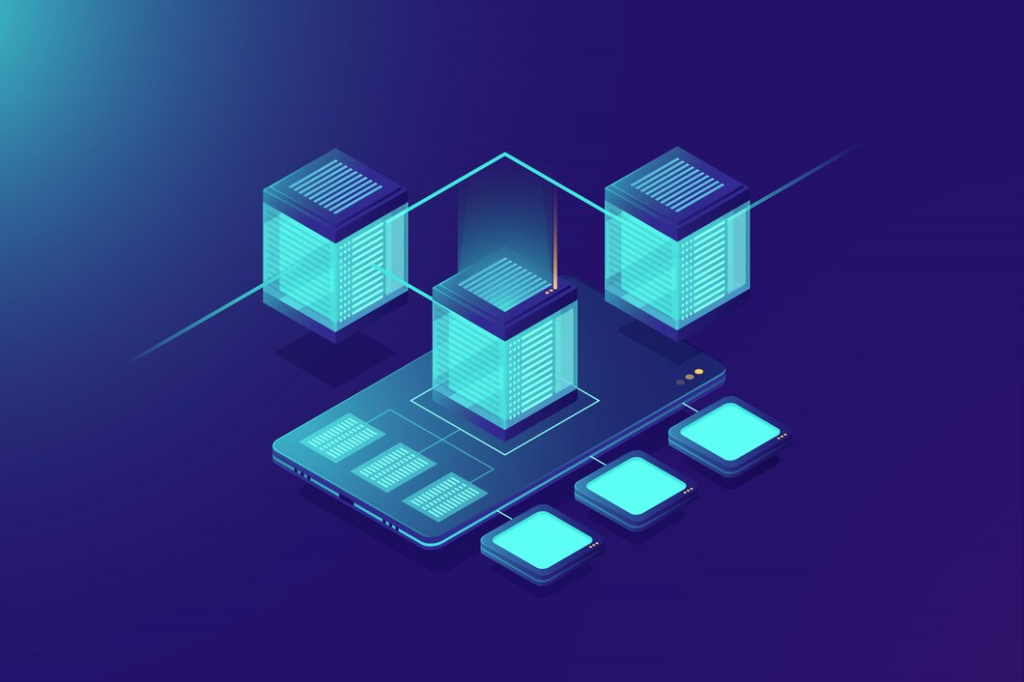The layers in blockchain technology make the whole concept hard to comprehend. Many altcoins exist, as well as blockchain projects. It can hardly be expected such a situation makes any difference in separating the distinctive properties and distinctive functions of a layer. In the process, the investor remains largely puzzled and shy from really knowing which projects to back.
Most blockchains are designed to operate across some number of layers, each with its intended purpose. Layer 0 is the underlying network layer; Layer 1 represents the core blockchain itself; Layer 2 is the scalability layer; and Layer 3 represents the application and interoperability layer. It would also allow investors to understand which projects fit into these categories so they could best tailor their investment strategy to an appropriate technological underpinning.
Let’s explain layer by layer: Layer 0, Layer 1, Layer 2, and Layer 3. It helps us understand what all those layers mean and what makes them different, thus enabling the entire process of assessment and investment in altcoins or blockchain projects we don’t know anything about. If you find the videos on cryptocurrency useful, feel free to subscribe for more.

- Protocols: Agreements and rules that govern communication and interaction between the various parts.
- Connections: Infrastructure that links several blockchains and nodes with each other.
- Hardware: Physical equipment supporting the operation of the blockchain.
- Miners: Network maintainers who confirm the transactions.
Layer 0 raises the potentiality for blockchains to interoperate, thus unlocking the possibility for the invention of new cryptocurrencies and more blockchain applications. It allows diverse Layer 1 blockchains to communicate with each other, and may easily and flexibly integrate scalability with each other, but without disturbing the other protocols operating in the same environment. An example is given by Polkadot and Cosmos, which are sharing Layer 0’s infrastructure in order to do multi-blockchain creation and connection.
Information on Layer 1
In fact, Layer 1 is just a core blockchain itself. It consists of:
Base Protocol: This is the native Blockchain technology, either Bitcoin or Ethereum.
Consensus Mechanisms: Proof of Work and Proof of Stake are the most common ones that are devised for network security and confirming a transaction.
Layer 1 blockchains are the ones implemented on top of Layer 0 and handle all the basic functionalities of a blockchain, which are basically transaction processing, security, and decentralization. An example can be as follows:
- Bitcoin: Secure, decentralized but not very scalable
- Ethereum: Provides for smart contracts and dApps but is not scalable
Layer 1 scaling usually remains plagued by the trilemma between three optimizations-security, scalability, and decentralization-known as the blockchain trilemma.

Understanding Layer 2
Layer-2 scalability solutions consider building on top of layer-1 blockchains. Some of the fighting includes:
- State Channels: Off-chain channels that process faster and cheaper transactions.
- Rollups: Sets of transactions that are off-chain processed then recorded in the Layer 1 main chain.
- ** Sidechains**: Another blockchain interacts with the main chain, running in parallel, only when necessary or vice versa.
Thus, in L1 blockchains’ scalability, solutions running transactions out of their main chains are the answer to the current situation-a congested blockchain with astronomical transaction fees. Examples of this include Bitcoin’s Lightning Network and Optimistic Rollups on Ethereum.
Layer 3 Explained
Layer 3 summarizes protocols and applications working over Layer 1 and Layer 2, which include:
dApps, in this regard, are applications running on a blockchain system, including DeFi solutions, games, storage solutions, among others. Cross-chain, meaning that with one platform in itself, dApps are able to interact with many blockchains. Layer 3 adds functionality and usability to blockchains through the hosting of applications which capitalize on Layer 1 and Layer 2 technologies. Examples include the many DeFi apps run on Ethereum that use its Layer 2s to improve their scalability.
The Blockchain Trilemma
It follows that the trilemma is a balance of three fundamental concerns enumerated as follows:
- Security: Attacks on the network—how one thwarts them and maintains the integrity of transactions.
- Scalability: How to ensure that an increasing number of transactions are done efficiently in the network?
- Decentralization: How to ensure a distributed network without having the need for any central authority?.
So far, no blockchain project has achieved an acceptable balancing among these three principles, and it will take continued creativity to answer ongoing problems as they come up.

Conclusion
All the way from Layer 0, Layer 1, Layer 2 to even Layer 3, each layer has a certain part to play in investment decision-making. Each one of them has a well-defined role to play: from fundamental protocols to scalability solutions to the development of applications. The space for blockchains will continuously get more developed; learning the concept of these layers will enable you to navigate better and make your judgment calls with regard to altcoins and blockchain projects.
Understanding the concepts described here will provide greater background and perspective for any view toward the assessment of an investment in cryptocurrencies, in addition to better understanding technological change in the sector. Continue learning and stay updated in the blockchain space for maximum benefit on your investment.
Mastery of those concepts will go miles toward making you better equipped to judge cryptocurrency investments and to appreciate the technological advances going on in the space. Always keep learning, stay updated, and reap maximum benefits out of your blockchain investment.
